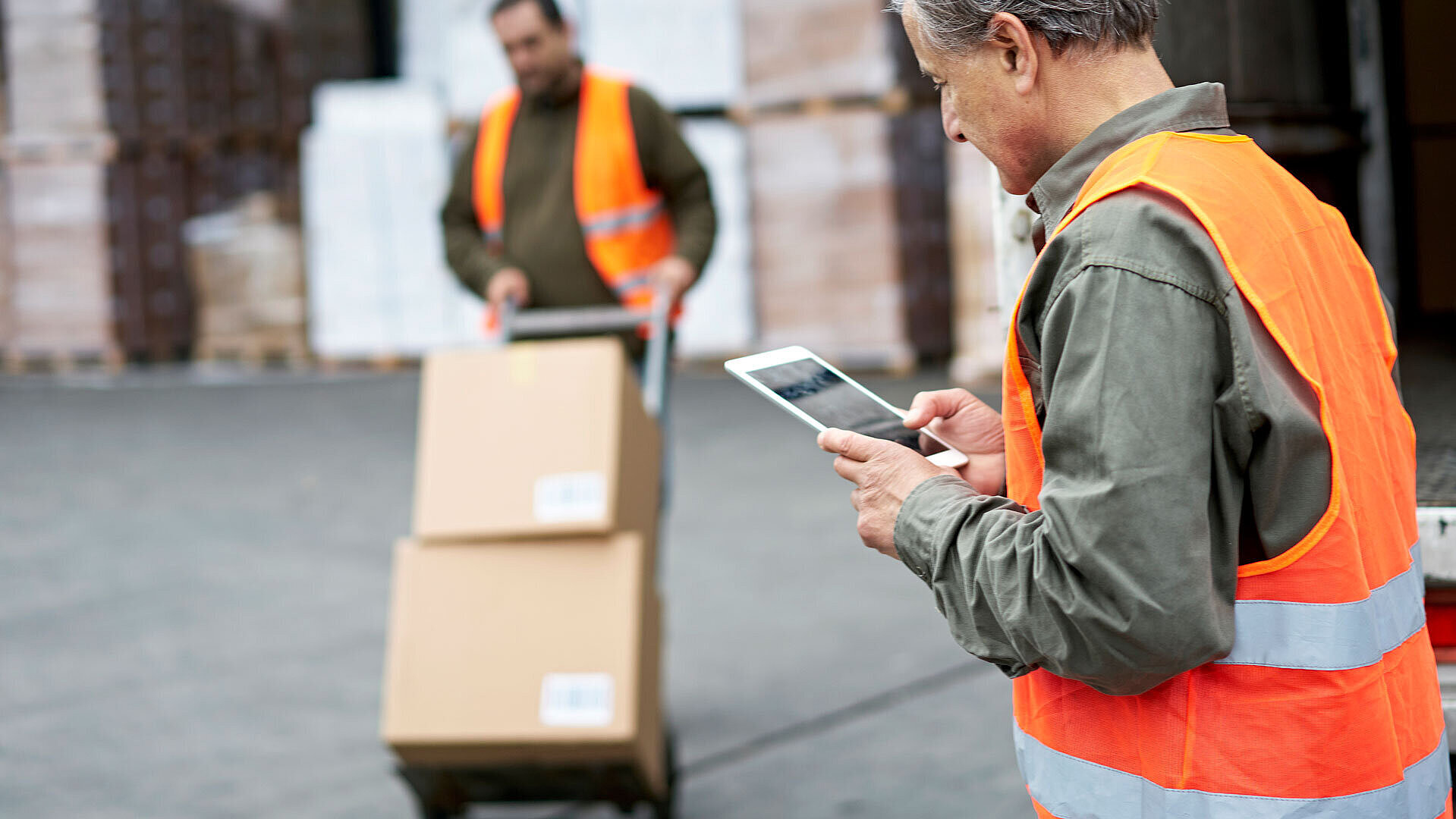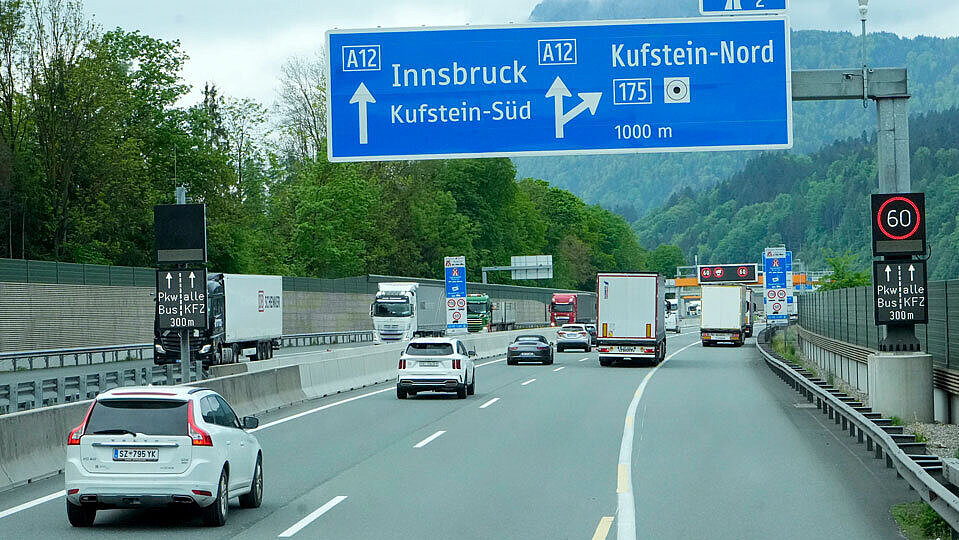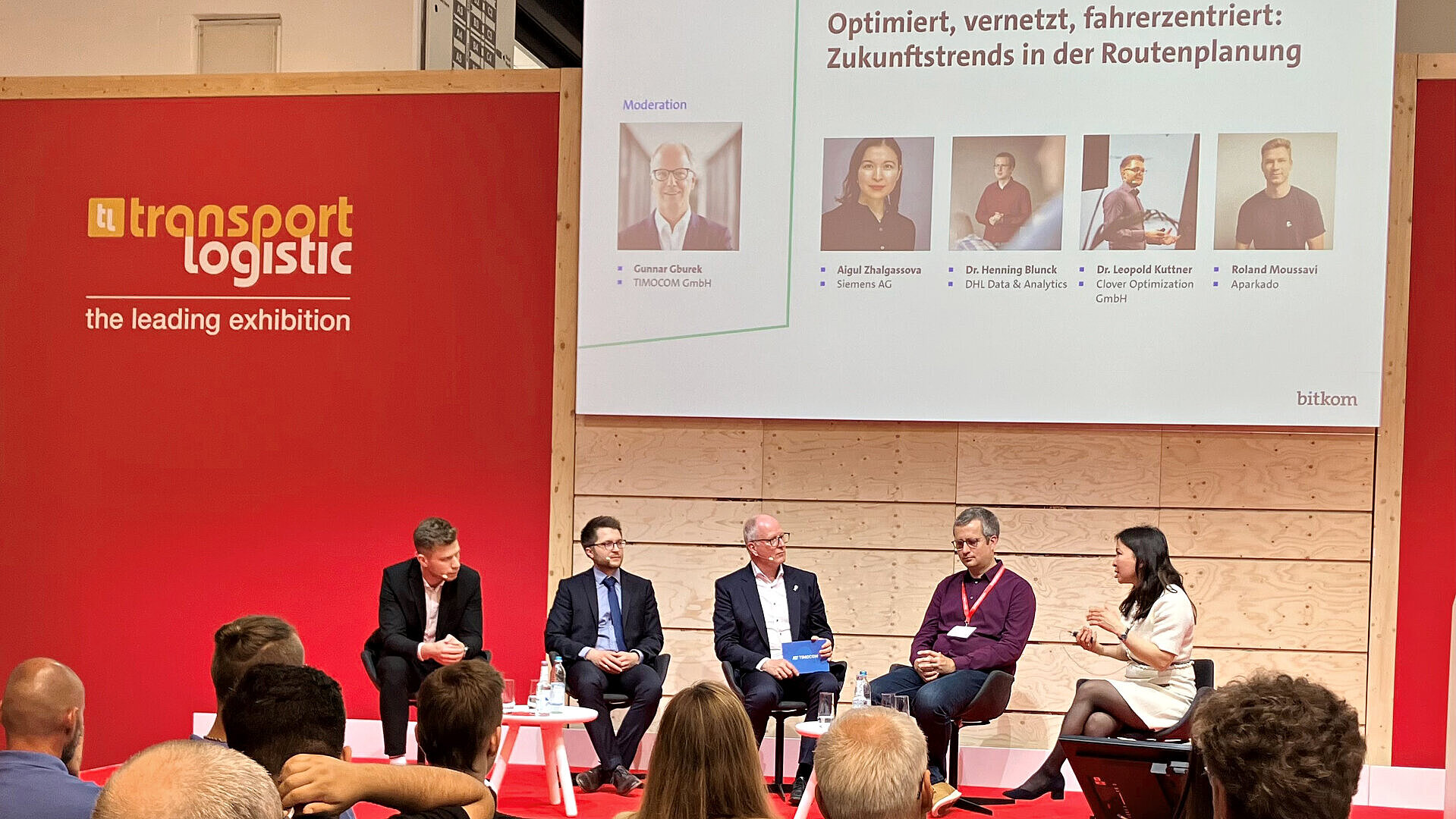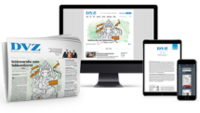
Open and digital documents

Every transport journey through Germany and Europe involves administrative work that requires numerous manual tasks. The consignment note for international road freight transport (CMR) was introduced in 1956 and has been paper-based ever since. The CMR member states have precisely defined what information the consignment note must contain. This ensures that transports can run smoothly even beyond national borders.
The CMR contains information on the goods, the sender, the carrier and the recipient, for example – including transmission errors and a variety of different formats. Against this background, researchers at Fraunhofer IML have developed a service for generating, storing and transmitting digital consignment notes in a human- and machine-readable format as part of the ‘Silicon Economy’ development projects.
With the development of the digital consignment note (eCMR) for international road freight transport, researchers have laid the foundation for a new de facto standard in cross-border freight transport. The authenticity and integrity of the transport information are guaranteed by a digital signature, a version history that includes all changes, and the storage of the hash value in a blockchain.
Compatible solutions
During implementation, great importance is attached to the use of existing standards. For example, the UN/CEFACT data standard, the CMR template of the IRU (International Road Transport Union) and the ECDSA signature procedure are used. The further development of the eCMR through to industrial implementation is being carried out in the corresponding working group of the Open Logistics Foundation.
The open source approach in particular offers the opportunity to establish a much-needed standard for digital consignment notes. There does not have to be a single solution, but all solutions must be compatible with each other. As this solution for the eCMR is being developed and published as open source, companies along the transport chain can use it without having to invest a lot of effort in creating suitable interfaces. Standardisation and digitalisation are mutually dependent in this context, as individual and isolated digital solutions involve a great deal of effort to ensure compatibility, particularly in logistics. (rok)
Open Source eCMR: When Collaboration Drives Digitalisation, Thursday, 11:30 a.m. – 12:30 p.m., A3.240



